The Qing dynasty, also known as the Manchu dynasty, ruled over China for a period of 268 years from 1644 to 1912. It was preceded by the Ming dynasty and followed by the Republic of China. The reign of the Qing dynasty saw much advancement in numerous fields including those of art, literature and printing. Vast encyclopedias and compilations of literature were created during the Qing era and the art of novel reached its pinnacle. The famed blue and white porcelain reached the zenith of its technical excellence and printing production expanded greatly. Know about the contribution of Qing dynasty to the development of China by studying its 10 major achievements.
#1 It RULED OVER 13 MILLION SQUARE KILOMETERS OF TERRITORY
The Qing dynasty, after overtaking China from the previous Ming dynasty, continued to expand the territories of its empire till it reached its greatest extent under the reign of the Qianlong Emperor (1735 – 1796), who carried out what are known as the Ten Great Campaigns. Qing China at its largest extent ruled China proper, as well as the areas of present-day Northeast China, Inner Mongolia, Outer Mongolia, Xinjiang and Tibet. The empire contained over 13 million square kilometers of territory, an area exceeded only by the Mongol Yuan dynasty. The empire’s population was around 400 million at its greatest extent.
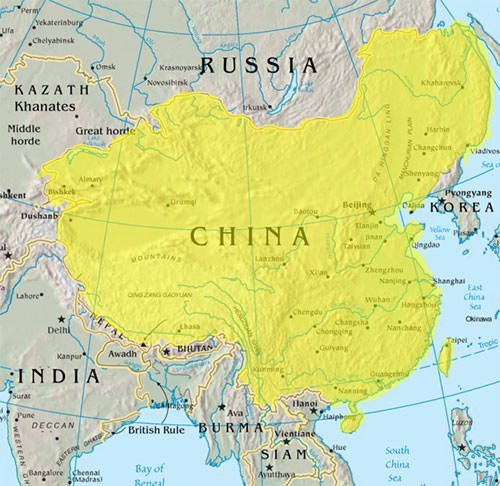
#2 THERE WAS STABILITY, PROSPERITY AND WEALTH DURING Its MIDDLE PERIOD
After the initial setback due to wars which took place to overthrow the Ming, the Chinese economy flourished in the middle period of Qing dynasty with expansion of markets; and more trade, between regions and with overseas markets. Foreign trade expanded at 4% per annum throughout the latter part of the 18th century with China exporting large quantities of tea, silk and other products. There was a large favorable trade balance with the West and the resulting inflow of silver expanded the money supply facilitating growth. Government initiatives thus led to increase in population, prosperity and wealth during the prime of the Qing era, which encompassed most of the 18th century.
#3 THE KANGXI DICTIONARY WAS COMPILED
The Kangxi Emperor of Qing dynasty ordered the compilation of a dictionary of Chinese characters, which became known as Kangxi Zidian or Kangxi Dictionary. Published in 1716, the dictionary contains more than 47,000 characters grouped under 214 radicals. The Kangxi Zidian served as the standard Chinese dictionary for generations and is still published. The 214 Kangxi radicals are the de facto standard used as the basis for most modern Chinese dictionaries. Another prominent dictionary complied during the Qing era was the Peiwen Yunfu, a rhyme dictionary published in 1711.
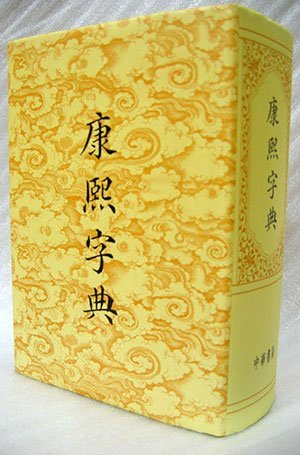
#4 THE IMPERIAL ENCYCLOPEDIA WAS WRITTEN
One of Qing era’s main achievements was the creation of vast encyclopedias and large compilations of Chinese literature, which comprised of hundreds of volumes. Gujin Tushu Jicheng (Complete Collection of Illustrations and Writings from the Earliest to Current Times), also known as Imperial Encyclopedia, was written between 1700 and 1725, during the reigns of the Qing emperors Kangxi and Yongzheng. It contains 10,000 volumes, 800,000 pages and over 100 million Chinese characters; and covers numerous topics including natural phenomena, geography, history, literature and government.
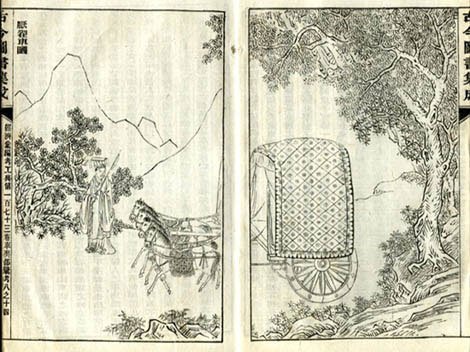
#5 THERE WAS UNPRECEDENTED DEVELOPMENT IN LITERATURE
Literature reached unprecedented heights during the Qing era. Qing poetry continues to be a field of research due to its association with Chinese opera, women contributing to the field in large numbers for the first time, poets coming from all walks of life and greater role of vernacular languages. Also, much of the modern popular versions of Classical Chinese poetry were transmitted through Qing Dynasty anthologies, such as the Quan Tangshi (Complete Tang Poems). There were several important works written in drama with the most famous being Kong Shangren’s opera The Peach Blossom Fan.
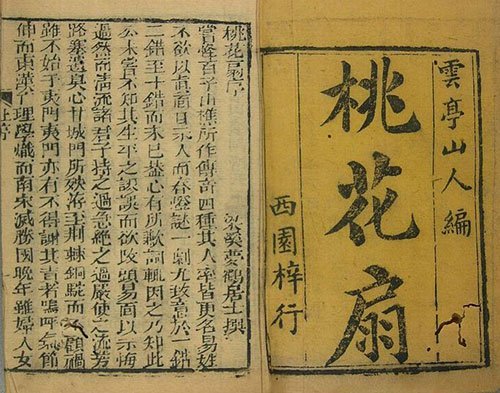
#6 THE ART OF THE NOVEL REACHED A PINNACLE
Some of the most well-known Chinese novels were written during the Qing period. One of China’s Four Great Classical Novels, Dream of the Red Chamber, was written somewhere in the middle of the 18th century. Also known as The Story of the Stone, it was authored by Cao Xueqin. The novel is considered not only a masterpiece of Chinese literature but also widely regarded as the pinnacle of Chinese fiction. There is an entire field of study known as Redology which is devoted to commentary and critique of Dream of the Red Chamber. Other famous novels of the period include Wu Jingzi’s The Scholars (1750) and Li Ruzhen’s Flowers in the Mirror (1827).
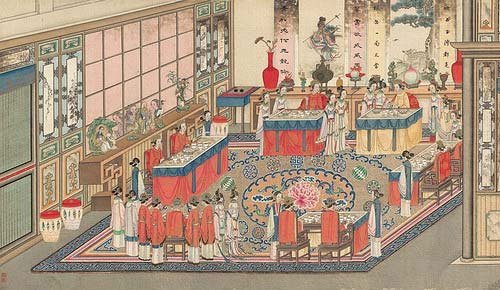
#7 There were IMPORTANT CHANGES IN CHINESE PAINTING
Painting in the early Qing era was dominated by orthodox masters known as the Six Masters of the early Qing, which included the Four Wangs – Wang Shimin, Wang Jian, Wang Yuanqi, and Wang Hui, as well as Wu Li and flower painter Yun Shouping. Qing dynasty art is also known for painters known as Individualists, who rebelled against traditional rules of painting and expressed themselves more directly through free brushwork. The greatest painter of the period was perhaps the Individualist Bada Shanren (1626 – 1705), who is known for capturing the very essence of the flowers, plants and creatures he portrays.
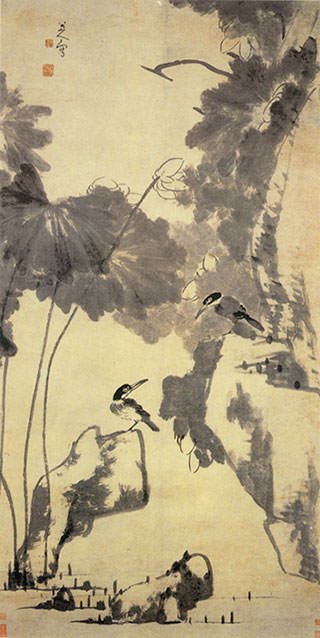
#8 THE PEKING OPERA WAS BORN AND DEVELOPED
The most prominent development in fine arts during the Qing era was the Jingxi or Peking opera, which combines music, vocal performance, mime, dance and acrobatics. The Peking opera was first performed in late 18th century during the reign of Qianlong Emperor. It became fully developed and recognized by the mid-19th century. Jingxi was extremely popular in the Qing dynasty court and has since been regarded as one of the cultural treasures of China. It continues to be performed, though it has adapted according to times. Peking opera and its stylistic devices have appeared in many Chinese films.
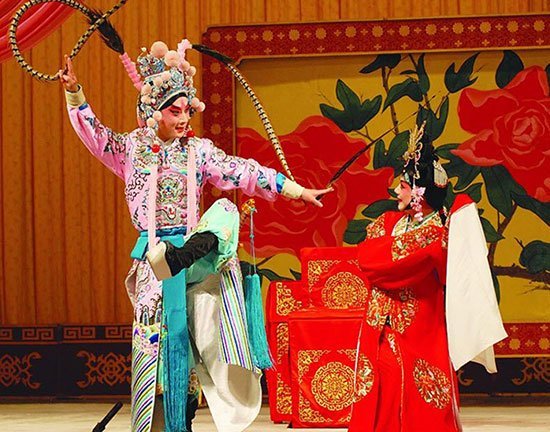
#9 BLUE AND WHITE PORCELAIN REACHED Its ZENITH
Porcelain was produced in large quantities during the Qing era due to its popularity in Europe. Qing porcelain displays a high technical mastery with almost no marks from the potter’s hands. China’s famed blue and white porcelain reached the height of its technical excellence during the reign of the Kangxi Emperor of Qing (1661–1722). Innovations in porcelain during the period include the introduction of porcelain known in Europe as famille verte and famille rose, due to their predominant green and rose colors.
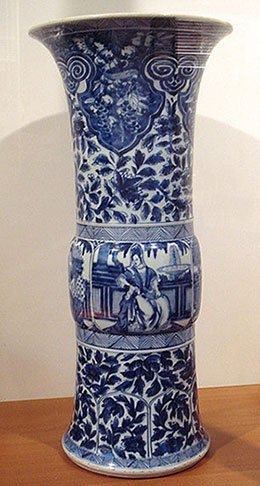
#10 TECHNOLOGY OF PRINTING REACHED ITS PINNACLE
The scale of printing production greatly expanded during the Qing period and in terms of the quantity and variety of publications, it surpassed all previous dynasties. Printing technology was developed as new techniques were devised in addition to the previous ones. Woodblock color printing became ever more popular with improvement in its quality. Also, the Qing court sponsored enormous printing projects using woodblock movable type printing during the 18th century.

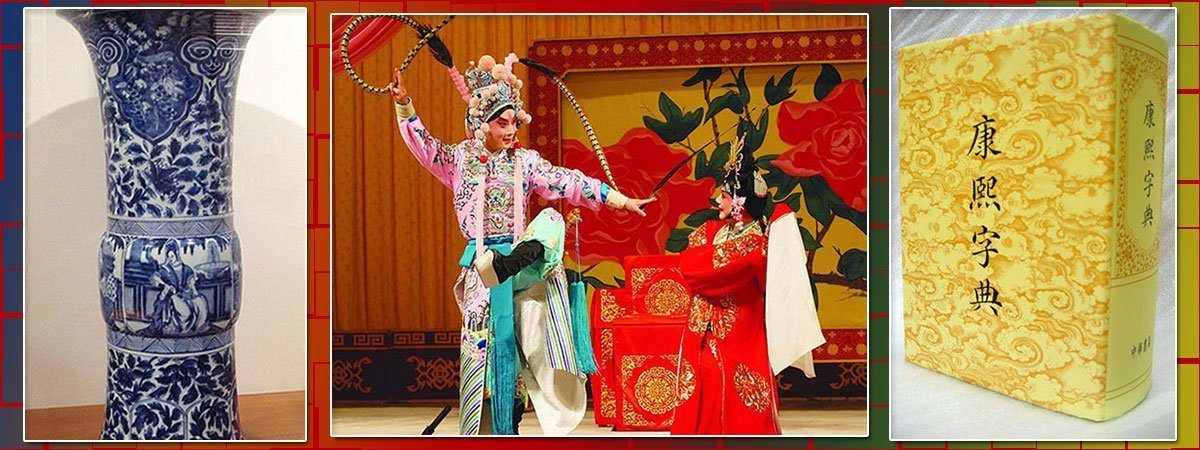
i love this so much! this helps with a lot and it make it easy for me to find some more facts. I think other people should use and get into this.
I am in possession of a folder that is a collection of prints made for the pan American worlds,fair in san fransisco 1915. It has the Quing Dynasty Dragon on the cover. Inside are 15 prints of the 100 horses by Lang Shining. I know this was printed for the fair because the folder has a medal on the back from the fair giving the date and ect. There is a page at the front thst has the Quing Seal. And also the ptint has it to. There’s also a letter of introduction. Can some one contact me on what the letter says and posdible value of this folder or catologe?